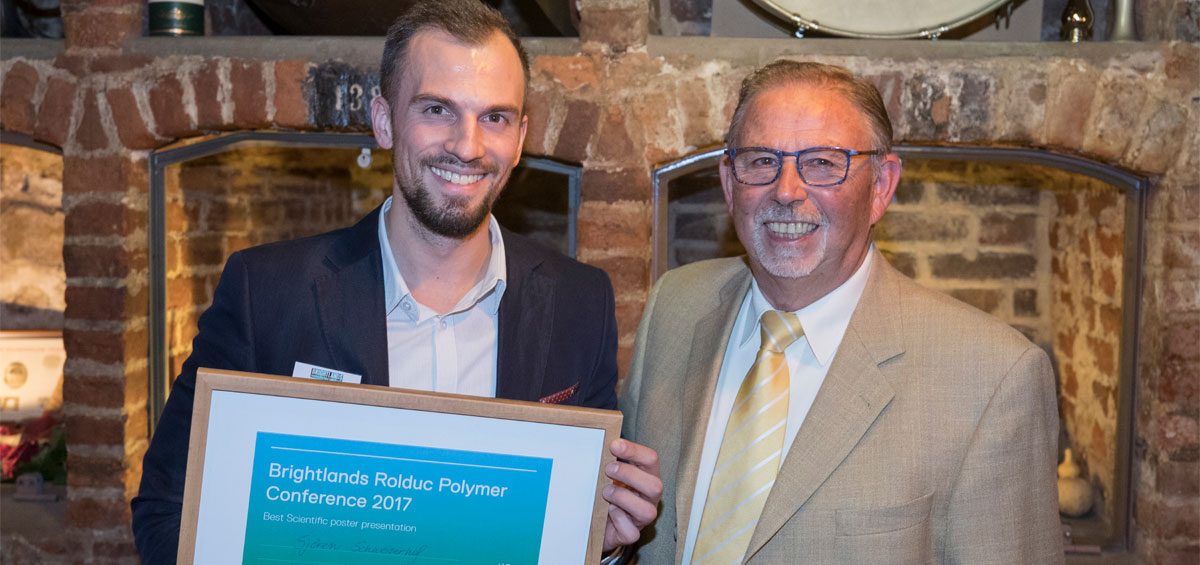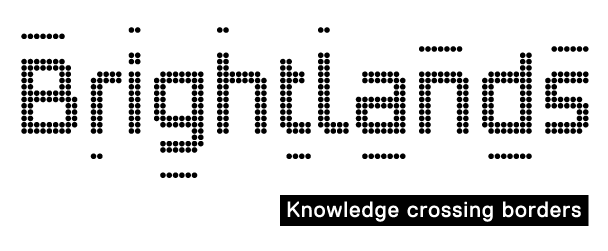As a young scientist, I had a really great time during the Brightlands Rolduc Polymer conference this year. Bringing like-minded polymer scientists, industrial partners and leading polymer manufacturers so close together at such a nice atmosphere and tradition-steeped place is really unique and was indeed inspiring for me. And of course, it was also fantastic that our recent research and my poster presentation about gold nanorods found so much attention and enthusiasm in this diverse audience.
About my poster
Gold nanoparticles combine very intriguing properties for their use as a versatile functional component for novel and advanced macromolecular systems and receive more and more interest in biomedical applications, such as sensing, imaging and hyperthermia. They can be prepared with an exceptional control in size and shape and chemists provide over a large toolbox for their surface functionalization with chemical compounds for tailoring the properties of such nanomaterials in a diverse and reliable way.
Our aim is to explore and sense orientational effects of gold nanorods when their photothermal properties are combined with thermoresponsive, polymeric ligands (e.g. PNIPAm). Guiding their temperature-triggered self-assembly allows for switching their unique optical properties in a well-defined manner. This strongly depends on the type of association (e.g. end-to-end or side-by-side) and the number, orientation and interparticle distance of the rods within these assemblies.
Our system is designed in such a way, that the polymer-modified gold nanorods can undergo a fast and reversible end-to-end like assembly in aqueous solution to enable its utilization as a smart nanoscopic heating device where heating is activated by IR-irradiation at the absorbance wavelength of the randomly distributed rods and is ceased once a certain temperature is reached. Therefore, the precise and selective surface modification with thermoresponsive, thiol-bearing polymers is inevitable for guiding their self-assembly and additionally the adjustment of the composition of the aqueous medium plays a pivotal role. We hopefully made a good step forward in understanding the mentioned parameters better and established with our system a useful basis for further approaches towards smart nanomaterials based on gold nanorods.



